Undetectable AI’s Writing Style Replicator vs. ChatGPT
Which tool mimics your writing style better—ChatGPT or Undetectable AI? We compared them side by side.
John Angelo Yap
Updated June 24, 2025
A robot and the human he’s trying to copy, generated with Midjourney
Reading Time: 5 minutes
As AI writing tools get better at mimicking human tone, the old question of "Was this written by a machine?" gets harder to answer.
Undetectable AI’s latest feature, the Writing Style Replicator, is built on that exact tension. It doesn’t just rewrite AI content to sound more human. It rewrites content to sound like you. That adds a layer of complexity not just for readers, but also for the detection tools meant to catch machine-generated work.
But can those tools still do their job when AI starts sounding like you on purpose?
In this article, we’ll look at how the tool works, how it stacks up against something like ChatGPT, and whether AI detectors can actually tell the difference.
What is Undetectable AI?
Undetectable AI started out as a tool to "humanize" text created by models like ChatGPT. It reworks AI-generated writing to sound more natural, less robotic, and—most importantly—less detectable by AI checkers.

It became especially popular with students, marketers, and content creators who liked using AI but didn’t want their work flagged. Now, it’s positioning itself not just as a cleanup tool, but a full-fledged writing assistant that can adapt to your specific tone, with new features like AI essay writer, human auto-typer, and more.
The Writing Style Replicator is a big part of that shift.
What is ChatGPT?
Chances are, you already know.
ChatGPT is the AI writing model developed by OpenAI. It can answer questions, write essays, brainstorm ideas, and generally serve as a Swiss Army knife for anything text-based. The newer versions, especially GPT-4 and beyond, are shockingly good at writing that sounds conversational, polished, and context-aware.
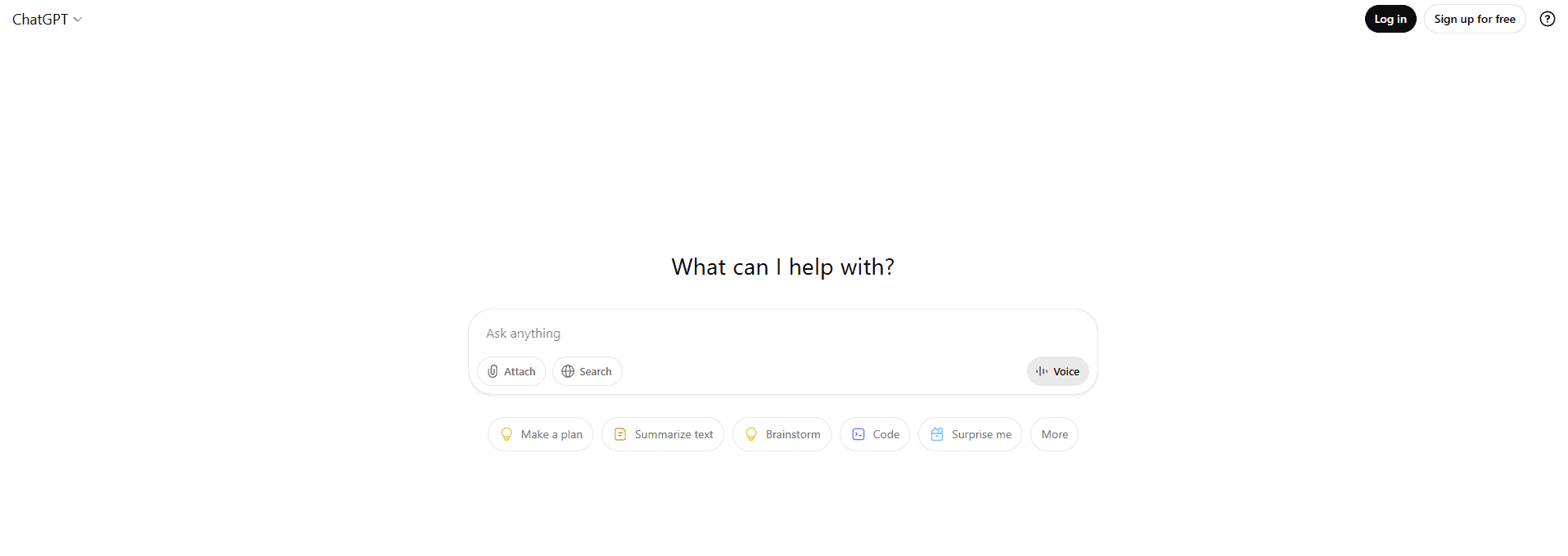
But while ChatGPT is excellent at producing readable content, it still leans into a certain "GPT voice"—polite, structured, and a bit too clean at times. It’s smart, but if you’ve read enough AI writing, you can usually tell.
That’s what tools like Undetectable AI are designed to break.
Undetectable AI’s Writing Style Replicator vs. ChatGPT: Mimicry
Let’s get straight to it: we ran the same prompt through both Undetectable AI and ChatGPT to see how each would handle writing in your tone.
Here’s the prompt: "We accept the love we think we deserve."
Undetectable AI’s Writing Style Replicator | ChatGPT |
People do not accidentally find themselves in bad relationships. People usually select romantic partners who reflect their self-perceived worth. | “We accept the love we think we deserve” isn’t just a line that sounds good — it’s a quiet truth a lot of people live by without realizing it.
|
And here’s what we saw:
Undetectable AI gets close. It matches your structure—short paragraphs, clean transitions, and a slow, reflective build. It also sticks to your usual flow: lead with a broad idea, then zoom in with examples that feel grounded. The word choice is a little stiff in parts, and it trades a bit of natural rhythm for clarity. But stylistically? It tracks.
ChatGPT, on the other hand, absolutely nails flow and tone. It reads smoother. The pacing is sharper. But here’s the thing: it also leans a little too polished, a little too universal. It doesn’t carry your micro-observations or that lightly skeptical edge you often bring in. It's beautiful, but it feels like it could have been written for anyone.
Verdict: Honestly, both versions are strong. But if we’re talking mimicry, Undetectable AI edges out here. It’s not as elegant, but it’s trying harder to be you. And that matters.
Undetectable AI’s Writing Style Replicator vs. ChatGPT: Avoiding Detection
Test #1
Undetectable AI: Fails the test.
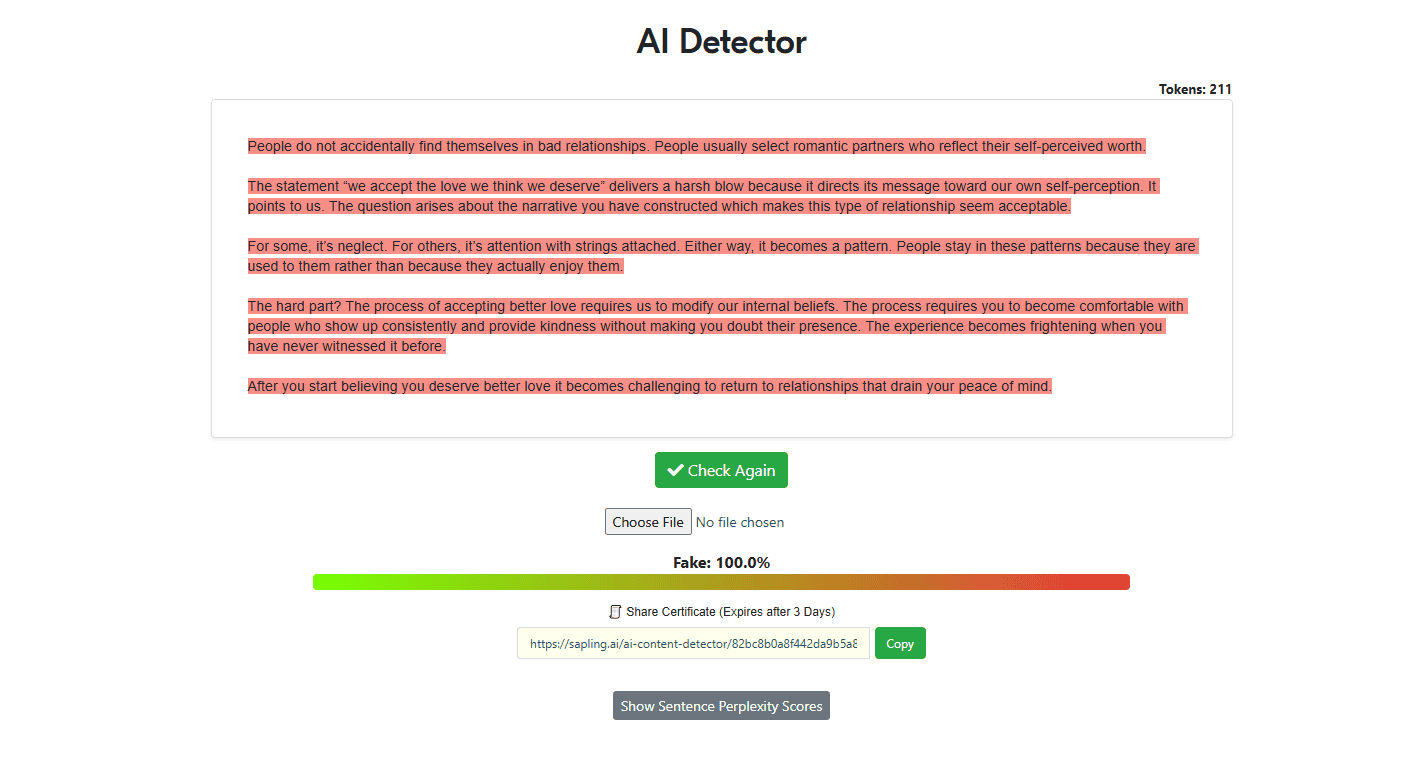
ChatGPT: Passes the test.
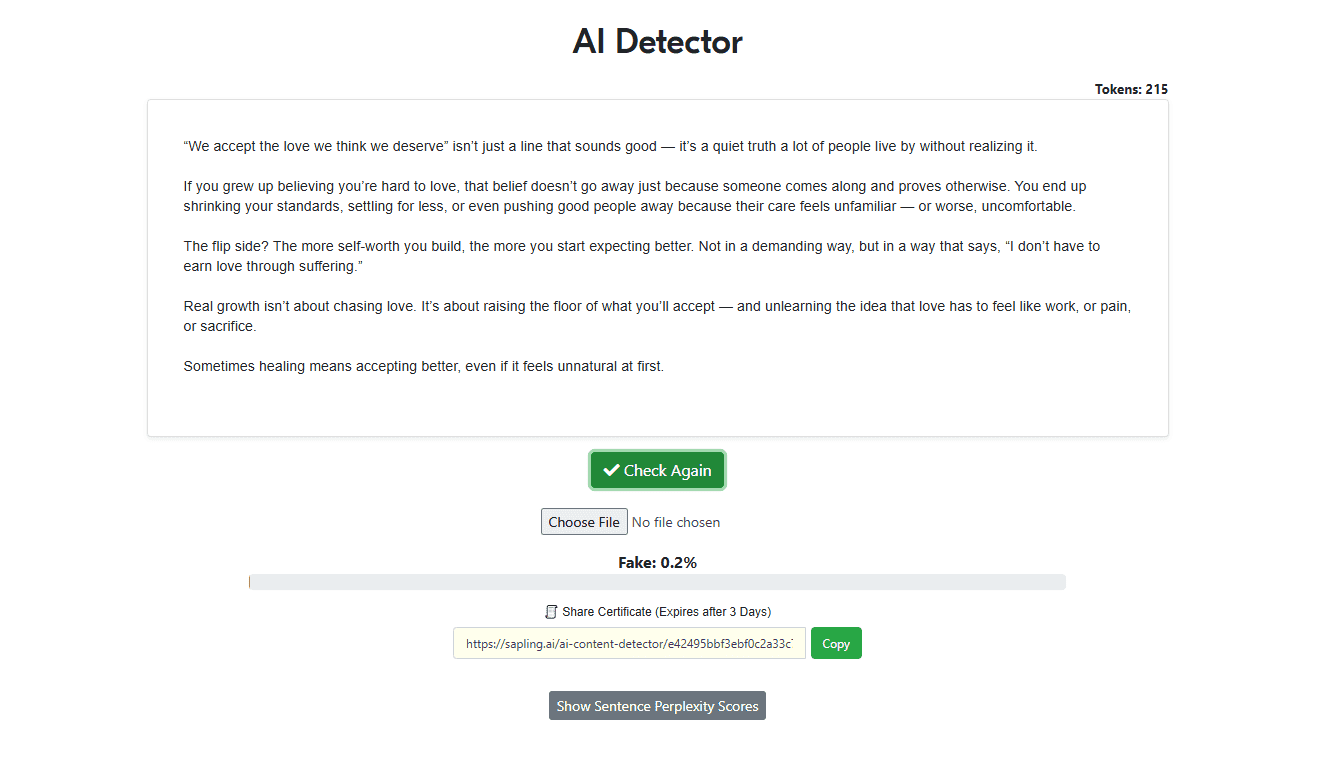
Test #2
Undetectable AI: Passes the test.
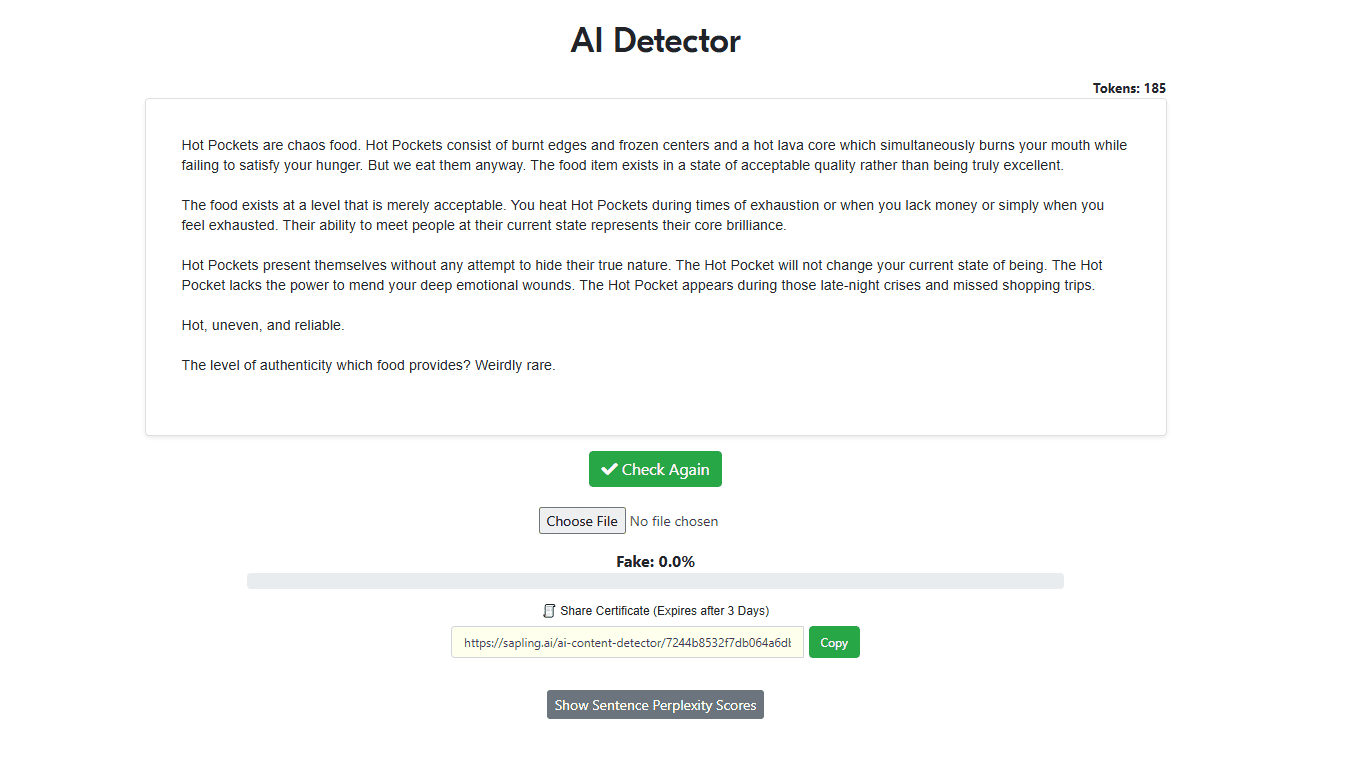
ChatGPT: Passes the test.
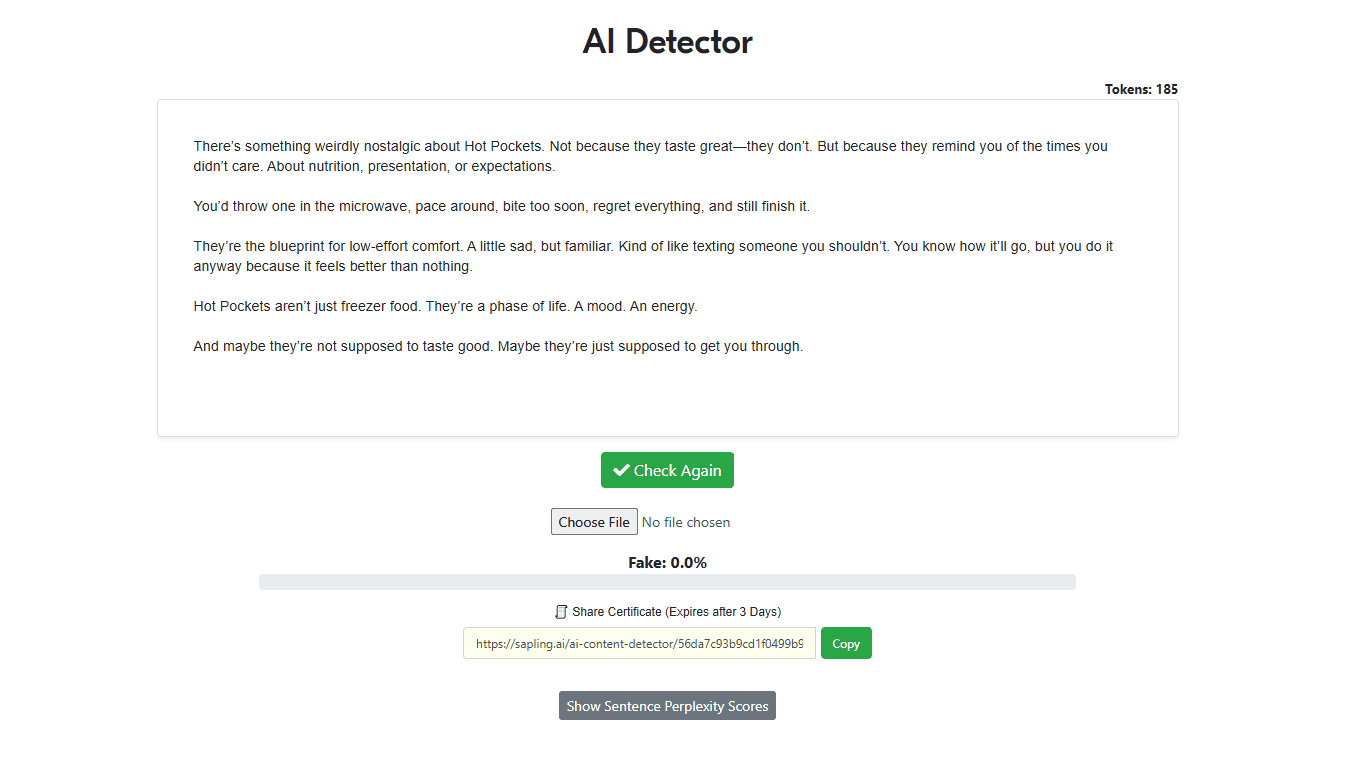
Test #3
Undetectable AI: Fails the test.
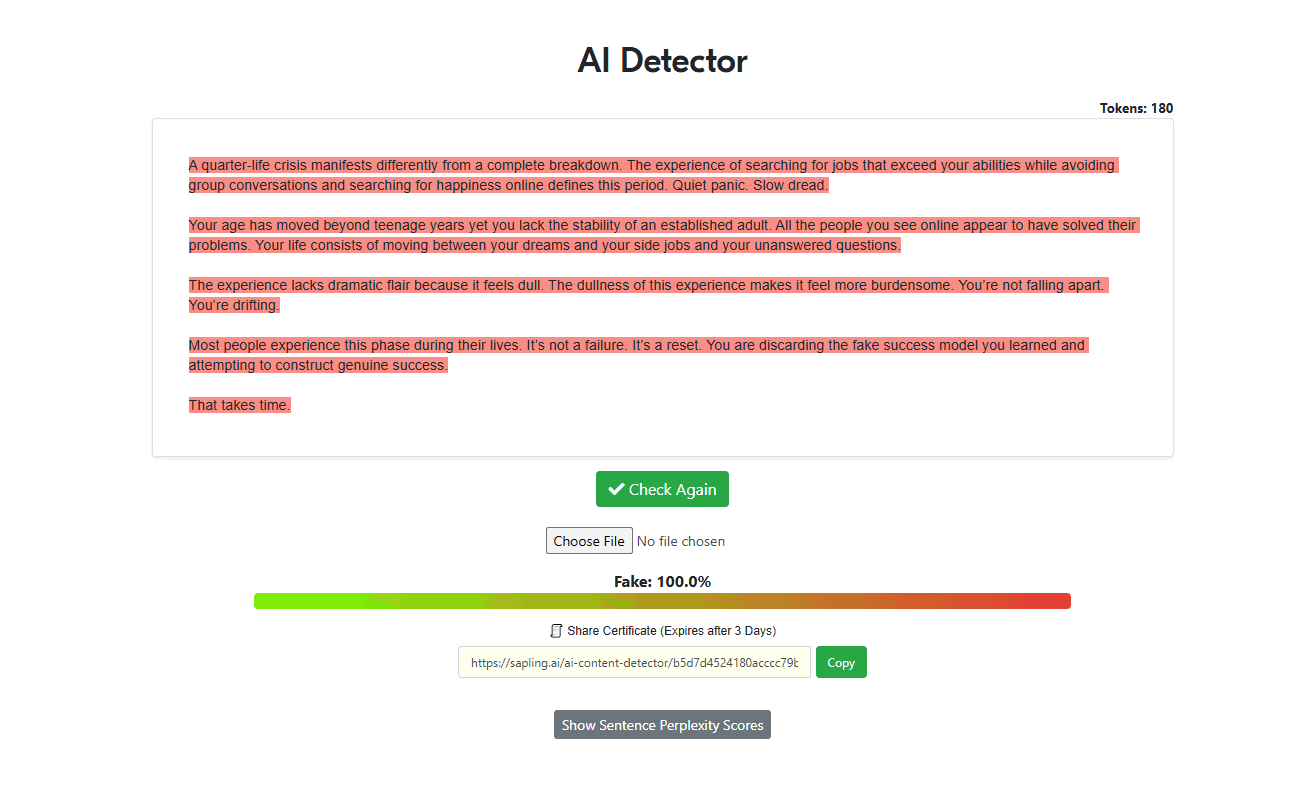
ChatGPT: Passes the test.
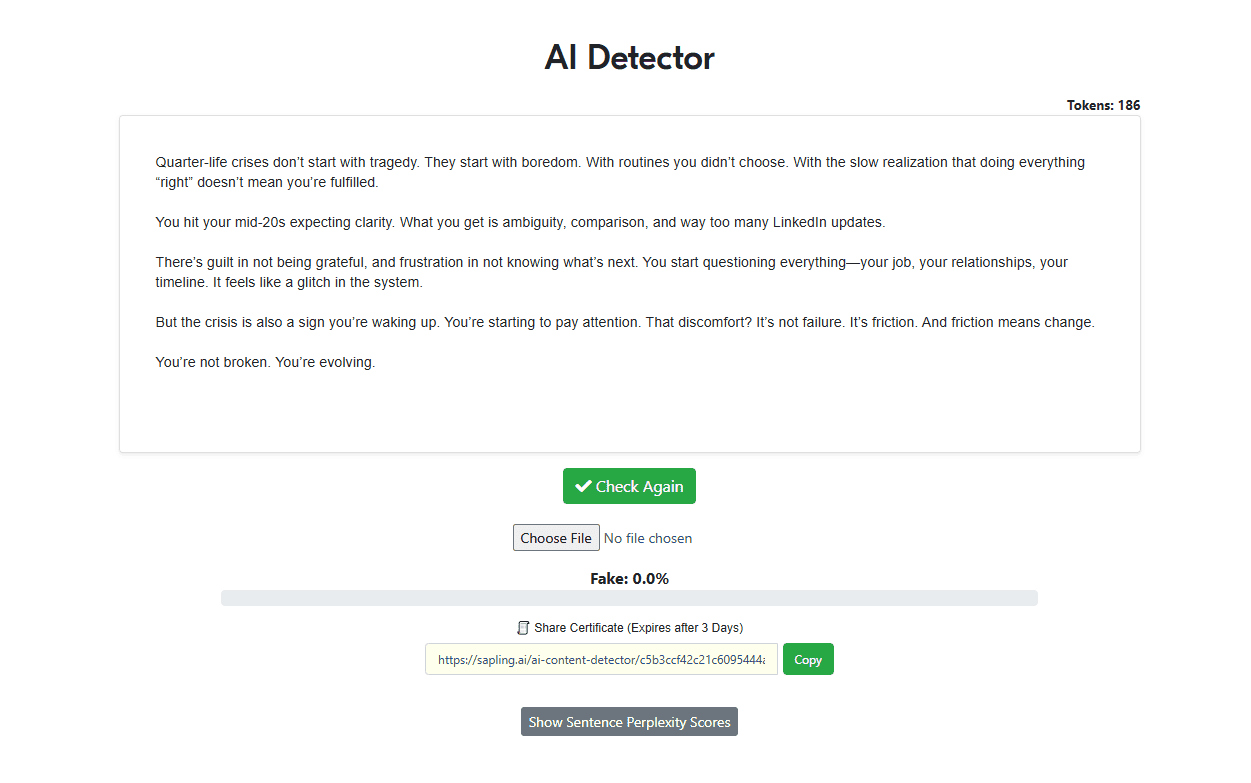
Test #4
Undetectable AI: Fails the test.
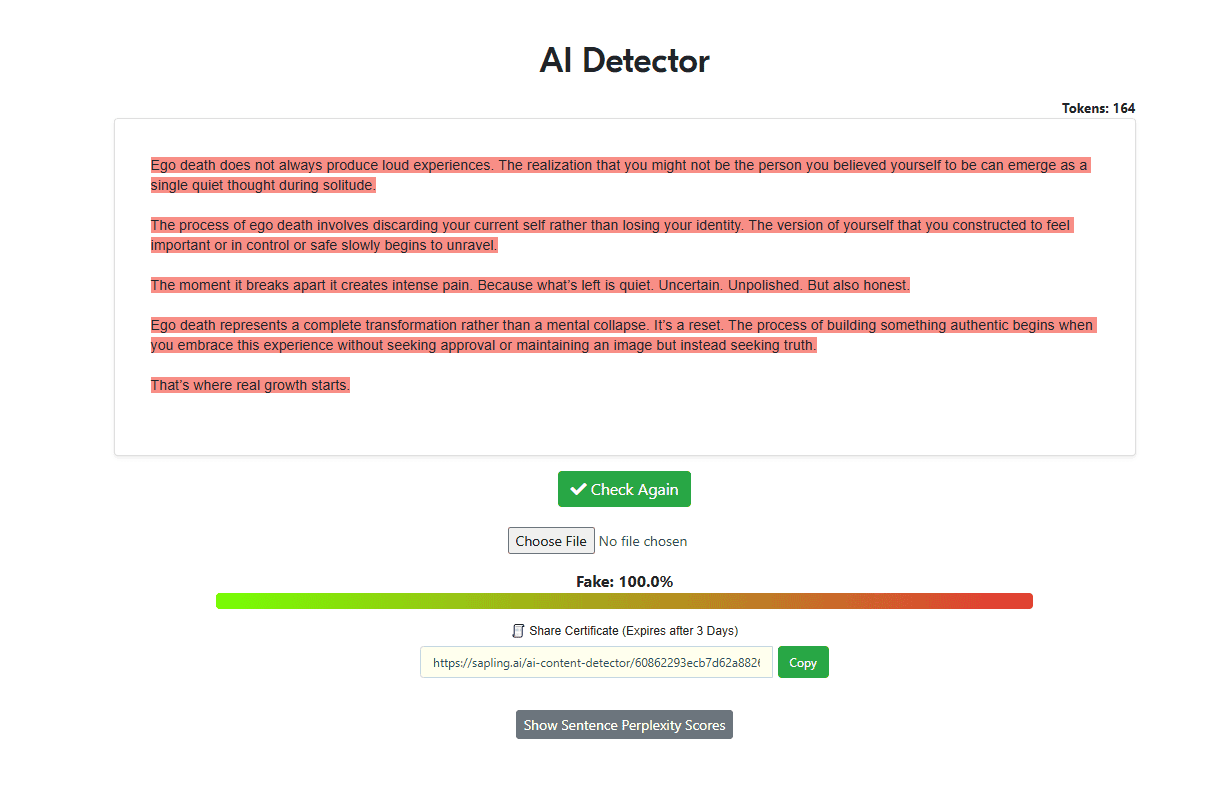
ChatGPT: Passes the test.
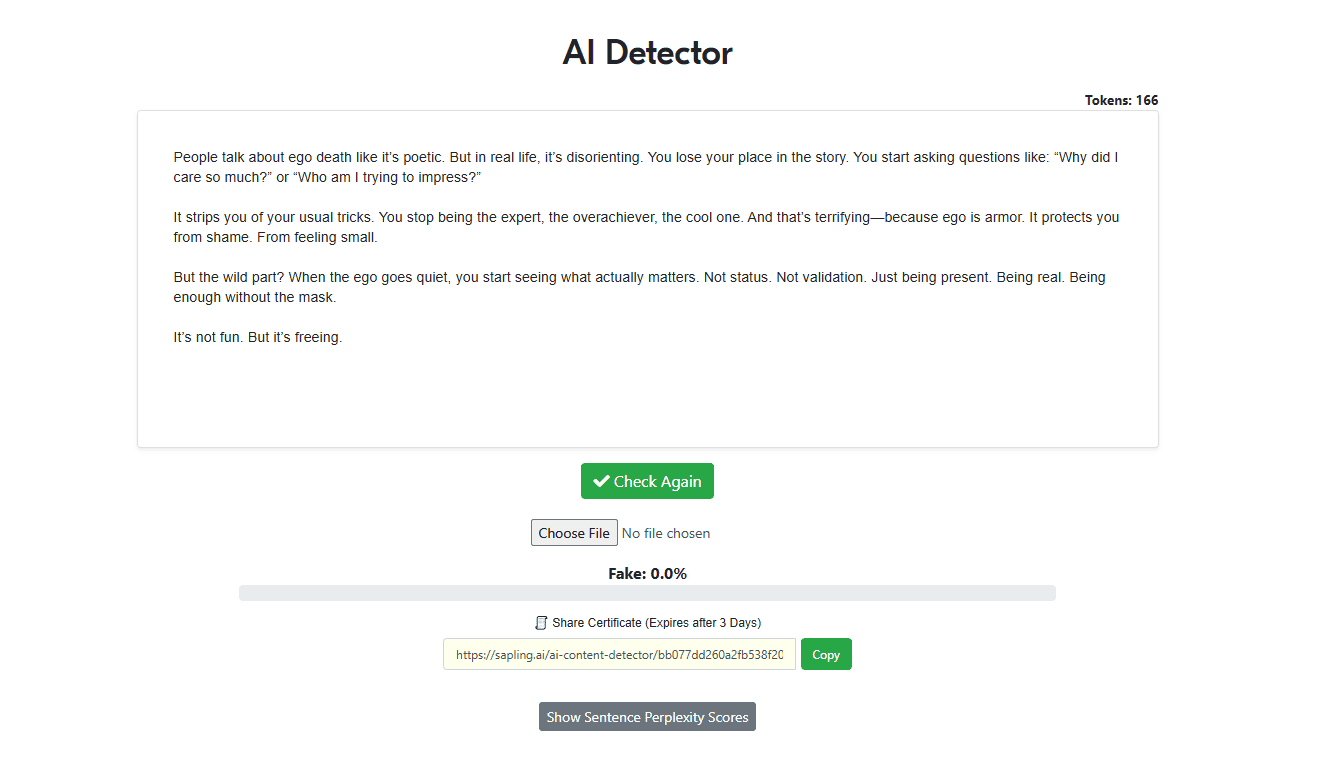
Test #5
Undetectable AI: Passes the test.
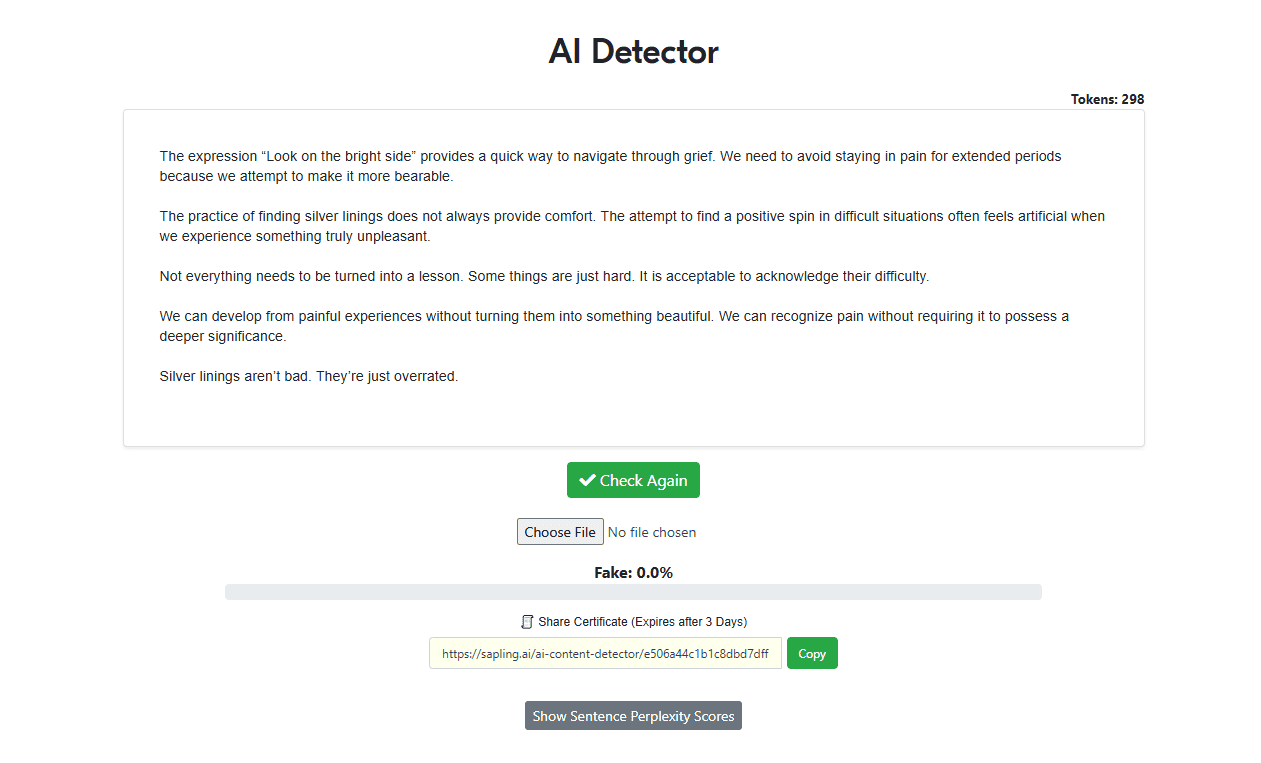
ChatGPT: Fails the test.

Overall Score
Test Number | Undetectable AI | ChatGPT |
#1 | Failed | Pass |
#2 | Pass | Pass |
#3 | Failed | Pass |
#4 | Failed | Pass |
#5 | Pass | Failed |
Score | 40% | 80% |
The Bottom Line
AI detection tools are improving—and so are the writing tools trying to slip past them. But here’s the surprise: in our own tests, essays written by ChatGPT in your voice bypassed detection around 80% of the time. Undetectable AI’s Writing Style Replicator, despite its focus on personalization, only cleared detection 40% of the time.
That doesn’t mean the Replicator failed. It just means detection tools may be better at spotting rephrased patterns than freshly generated content that happens to sound human. ChatGPT’s version flowed better and slid under the radar, but it also felt a bit more generic. The Replicator wasn’t as invisible—but it was trying to sound like you, not everyone.
And that matters.
The point of a tool like this shouldn’t just be about beating AI detectors. It should be about helping you work faster without losing your voice. If it amplifies your tone and lets you create with more control—even if it's detectable—that’s still a win.
Ethically? It always comes down to intent. If the content is original, thoughtful, and you stand behind it, then the detection score is just one piece of the story.
Want to Learn Even More?
If you enjoyed this article, subscribe to our free newsletter where we share tips & tricks on how to use tech & AI to grow and optimize your business, career, and life.